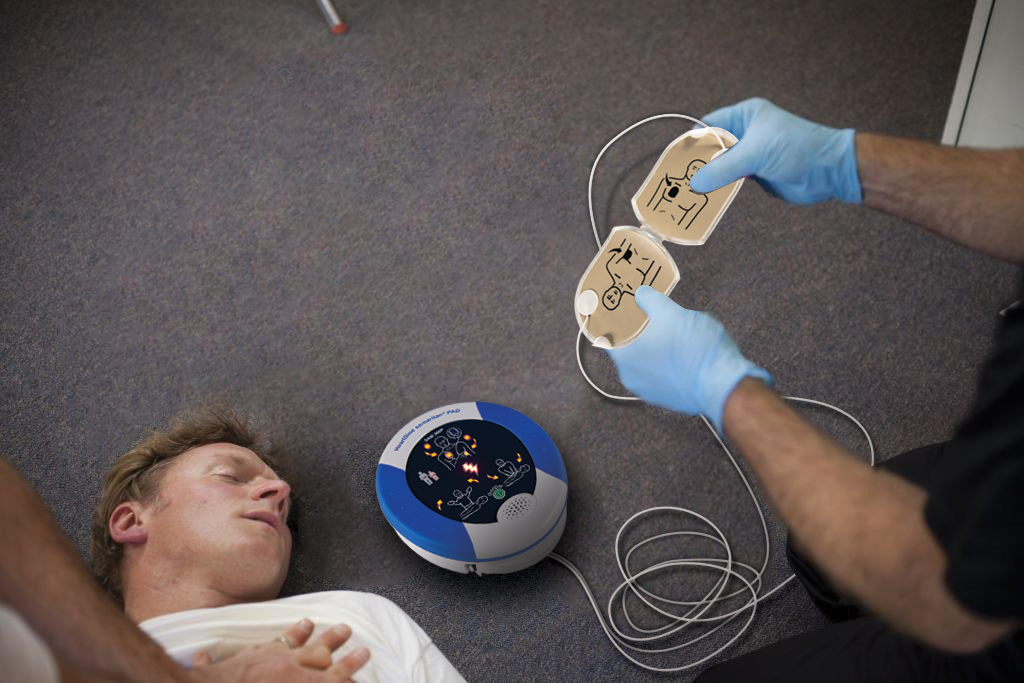

However, immediate CPR and AED use can double or even triple a victim’s chance of survival. Unfortunately, only about 10% of those patients survive. “Each year, there are more than 350,000 out-of-hospital cardiac arrests in the U.S.

“Learning CPR will help save lives,” says Franklin Fry, executive director of the Greater Syracuse AHA. According to the Centers for Disease Control and Prevention, heart disease was responsible for about 1 in 5 women deaths in 2020. Jackson also serves as 2023 chair of the Syracuse Go Red for Women campaign, part of a national movement to promote education and action among a population increasingly impacted by cardiovascular disease: women. “By bringing heart health education to our faculty and staff, we all stand better prepared to save a life at work or at home.” “I’m proud of the way our university leadership and community have enthusiastically embraced the opportunity to learn these life-saving techniques,” says Campbell Jackson. His life was saved by the quick administration of CPR and use of an AED to restore his heartbeat on the field, sparking a surge in interest in participating in these trainings nationwide.Ĭandace Campbell Jackson, senior vice president and chief of staff to Chancellor Kent Syverud, has been instrumental in bringing these training opportunities to campus, and has requested that all members of the University leadership team take part and encourage their faculty and staff to do the same. More than 350 faculty and staff members have been through the training, with dozens more participating this spring.Įarlier this year, Buffalo Bills safety Damar Hamlin suffered cardiac arrest during a “Monday Night Football” game. Two upcoming opportunities will be held on March 21 in 500 Hall of Languages. responding with hands-only CPR, which entails using chest compressions but not rescue breaths and.
#Aed stand for cpr how to
how to recognize the signs of cardiac arrest or a stroke.Since October, hourlong, non-certifying trainings have been offered monthly to faculty and staff, providing instruction for performing cardiopulmonary resuscitation (CPR) and using an automated external defibrillator (AED). Use an AED as soon as possible.Participants in a recent training class learned the basics of CPR and using an AED. Alternate between 30 chest compressions and two breaths until help arrives.Check that their chest rises and the air exits before doing the second breath. Completely cover their mouth with yours and breathe out for about a second. Pinch their nose shut and take a normal breath. Their airway needs to be in that open position. Apply at least two inches of pressure at a rate of 100 to 120 per minute, letting their chest go back to normal after each compression. Center both of your hands on their chest with your shoulders directly over your hands and your elbows locked.

Gently lift the chin up while tilting their head back. Open their airway by placing one hand on their forehead and two fingers from your other hand under the tip of their chin.
#Aed stand for cpr free
The safety fair is a free family event that continues 7 a.m. An iPad app shows if the chest compressions are done correctly. ApStudents from Kennewick’s Bethlehem Lutheran School crowd around classmate Aliyah Thornton, 12, as she learns to do CPR on a mannequin during Safety Connect 2018 at the TRAC center in Pasco.


 0 kommentar(er)
0 kommentar(er)
